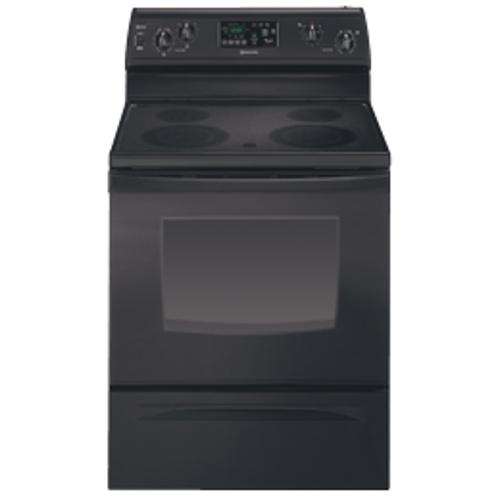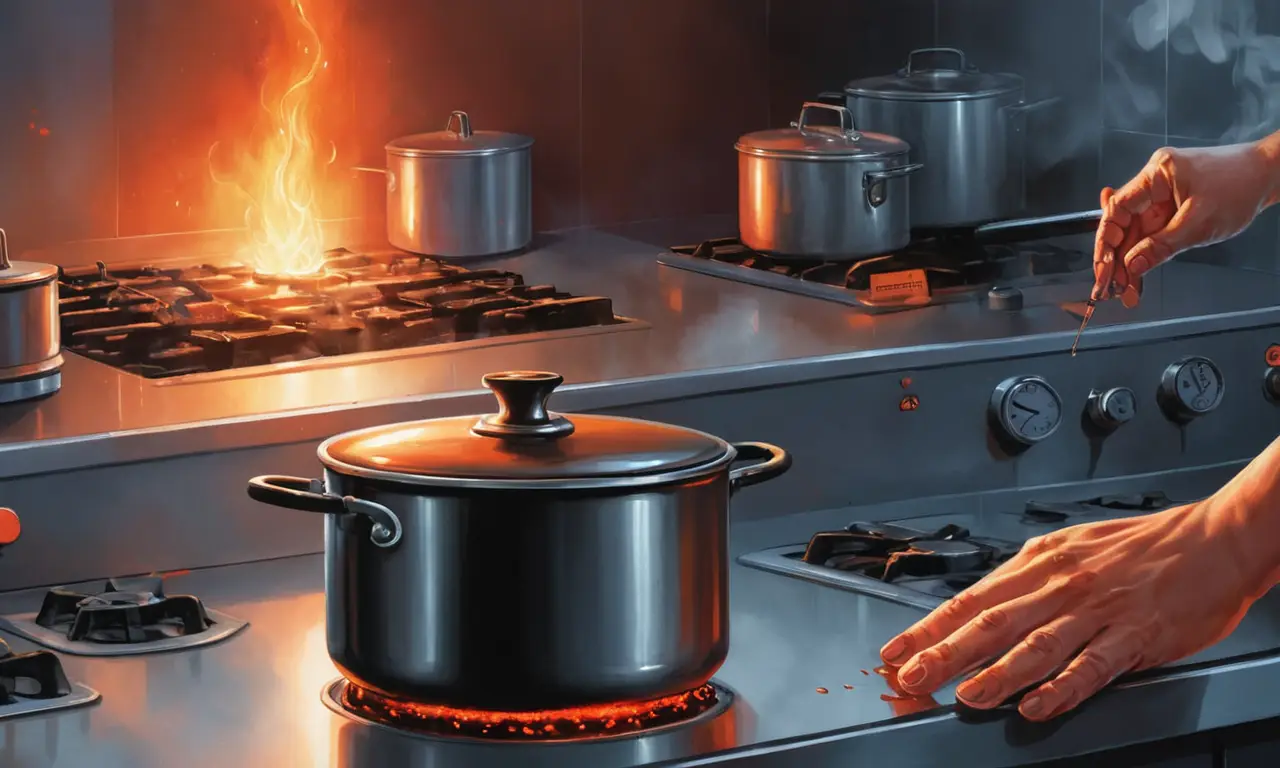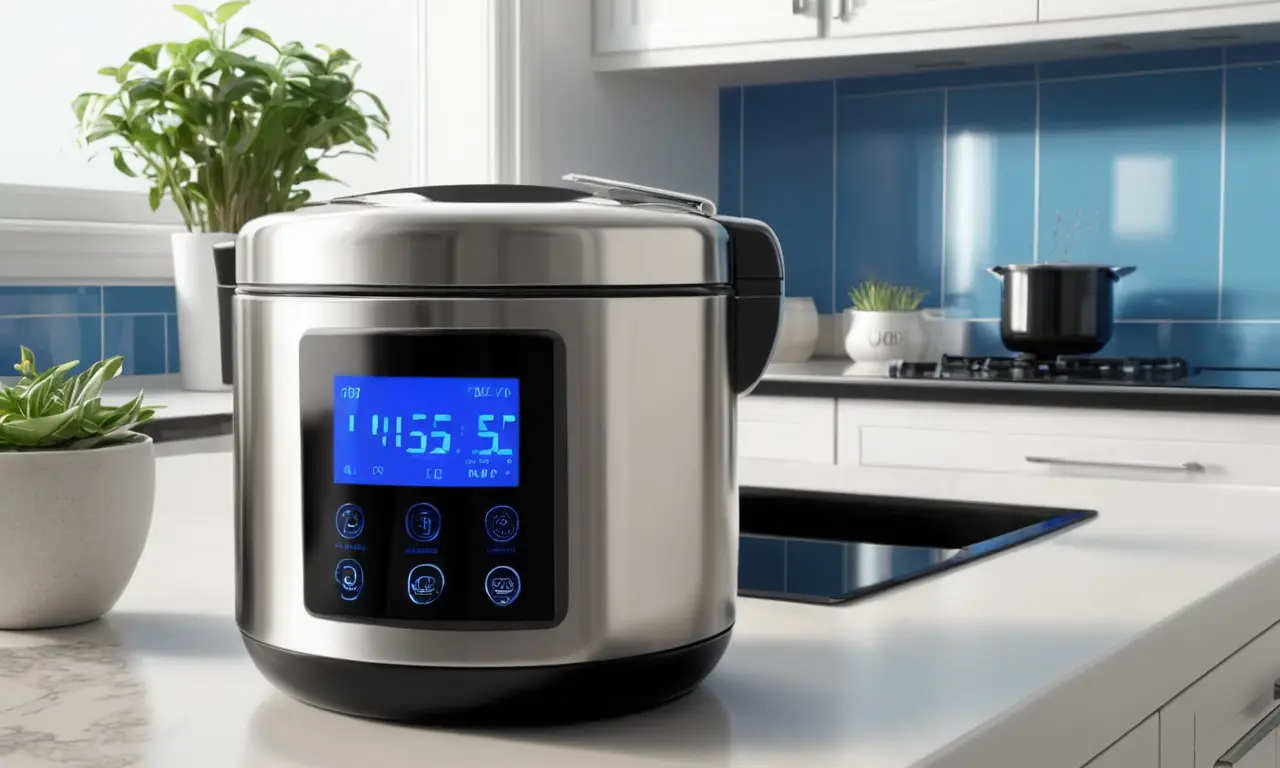
Electric stoves have become a popular choice for home kitchens due to their ease of use and precise temperature control. However, a common question arises: do electric stoves turn off automatically? Understanding how electric stoves operate and the safety features they may offer is crucial for ensuring safe and efficient cooking. This article will delve into the workings of electric stoves, explore automatic shut-off functions, and highlight essential safety considerations.
This article will first examine the basic operation of electric stoves, explaining how they generate heat and control temperature. We will then discuss the availability and functionality of automatic shut-off features in various models. Furthermore, we’ll delve into important safety precautions to keep in mind when using an electric stove, regardless of its model. Finally, we’ll provide insights into modern electric stove designs and their advancements in safety and convenience.
Electric Stove Operation
Electric stoves function by utilizing electrical resistance to generate heat. The heating elements, typically made of nichrome wire, are embedded within the stovetop surface. When electricity flows through these elements, they encounter resistance, which converts electrical energy into heat. This heat is then transferred to cookware placed on top of the element.
The temperature control knobs on an electric stove regulate the amount of electricity flowing through the heating elements. Turning the knob up increases the current, resulting in higher heat output. Conversely, turning it down reduces the current and lowers the temperature. Most electric stoves feature multiple heating elements with varying power levels to accommodate different cooking needs.
Automatic Shut-Off Features

While traditional electric stoves generally do not have automatic shut-off functions, some modern models incorporate these safety features. Automatic shut-off mechanisms are designed to prevent accidents and reduce the risk of fire hazards.
Types of Automatic Shut-Off Features:
- Pot Detection: This feature utilizes sensors to detect if a pot is present on the heating element. If a pot is removed, the element automatically shuts off to prevent overheating.
- Temperature Limit: Some electric stoves have built-in temperature limiters that automatically shut off the heating element if it reaches a pre-set maximum temperature. This prevents excessive heat buildup and potential damage to the stovetop or cookware.
Safety Considerations
Regardless of whether your electric stove has automatic shut-off features, it’s crucial to prioritize safety when using it.
- Never leave cooking unattended: Always supervise cooking on an electric stove to prevent accidents.
- Use appropriate cookware: Ensure that the cookware you use is compatible with the electric stovetop and does not have damaged or warped bottoms.
- Keep a safe distance: Maintain a safe distance from the heating elements while cooking, as they can get extremely hot.
- Clean spills promptly: Wipe up any spills on the stovetop immediately to prevent them from burning and creating a fire hazard.
Modern Electric Stove Models

Modern electric stove models often incorporate advanced features and safety technologies to enhance user experience and safety.
- Touch Controls: Many new electric stoves feature touch-sensitive controls for easier operation and a sleek aesthetic.
- Digital Displays: Digital displays provide precise temperature readings and allow for easy adjustment of cooking settings.
- Convection Cooking: Some models include convection ovens that circulate hot air for more even cooking and faster heating times.
Conclusion
Electric stoves offer a convenient and efficient way to cook, but understanding their operation and safety features is essential. While traditional electric stoves typically do not have automatic shut-off functions, modern models often incorporate these safety mechanisms for added peace of mind. By following proper safety precautions and utilizing the advanced features available in modern electric stoves, you can enjoy safe and delicious cooking experiences in your kitchen.
